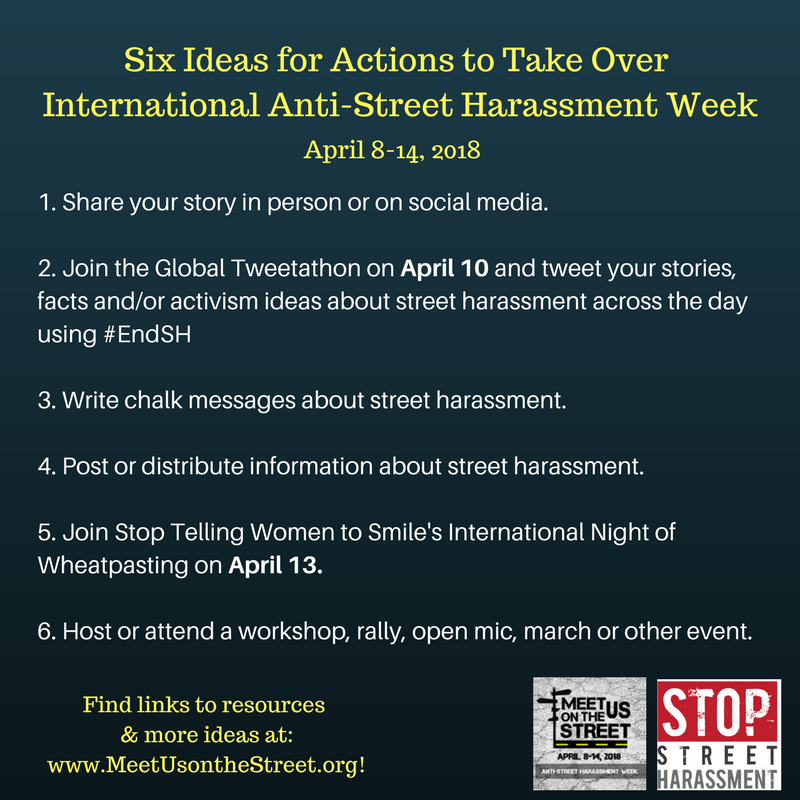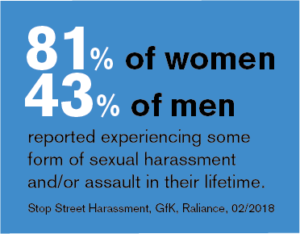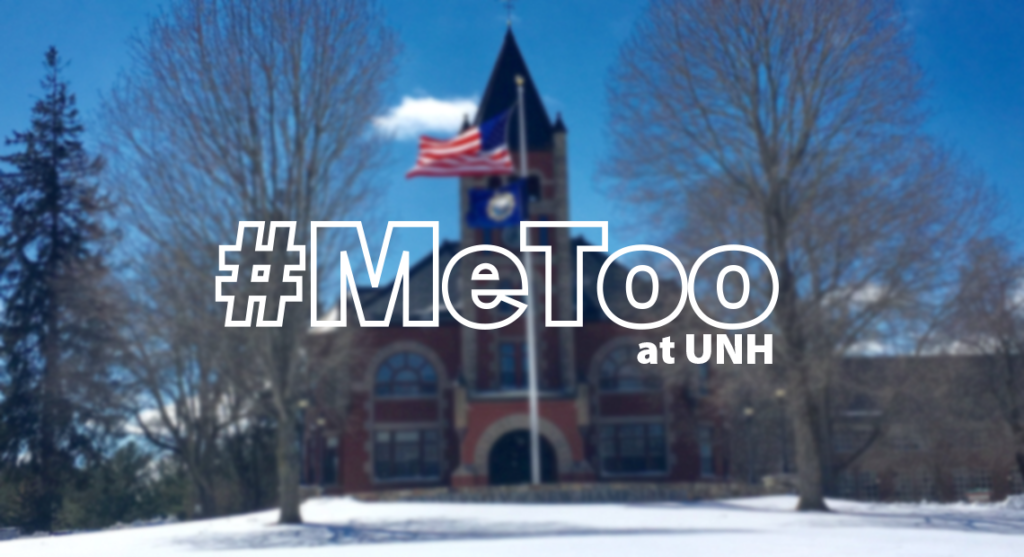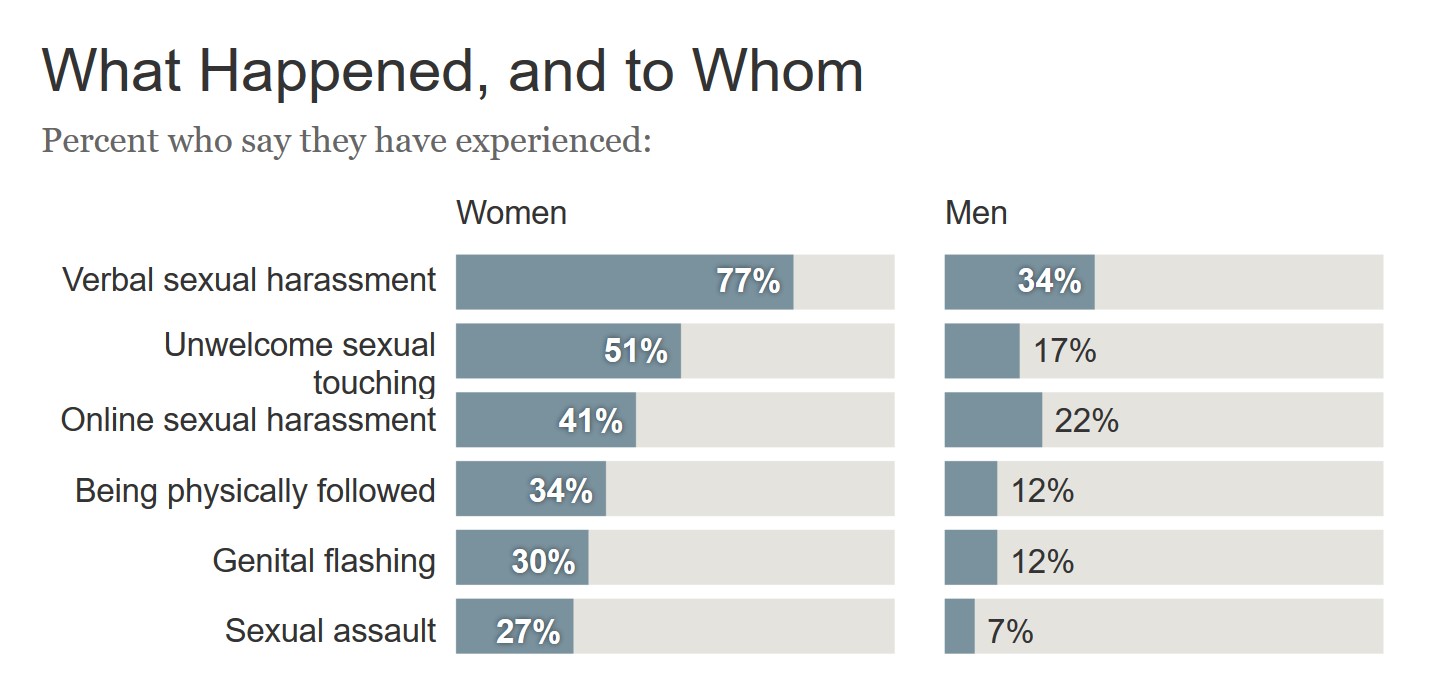I hate catcalls.
I hate car horns.
I hate men shouting.
I hate being called beautiful.
I hate being told to smile.
I hate the eye-f**k.
I hate the lewd, sexual slurs.
Which means there’s a part of spring I hate.
Spring is the season of street harassment.
When both the hours of the day
and the catcalls from random men on the streets of America multiply.
– Michelle Marie Ryder



 Working with one of our
Working with one of our 